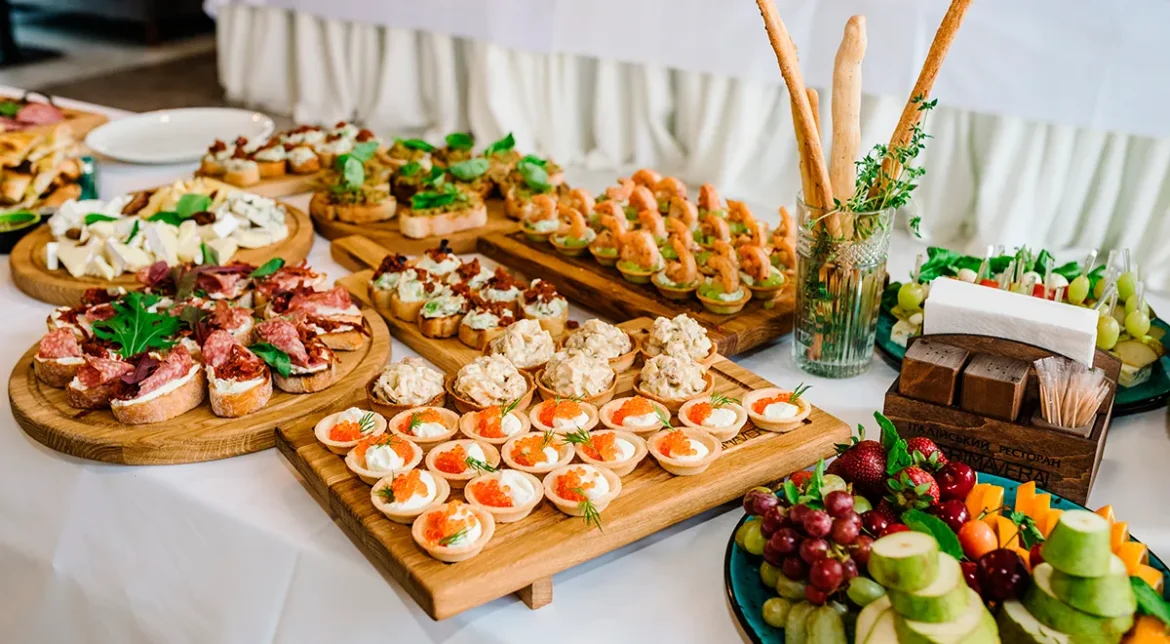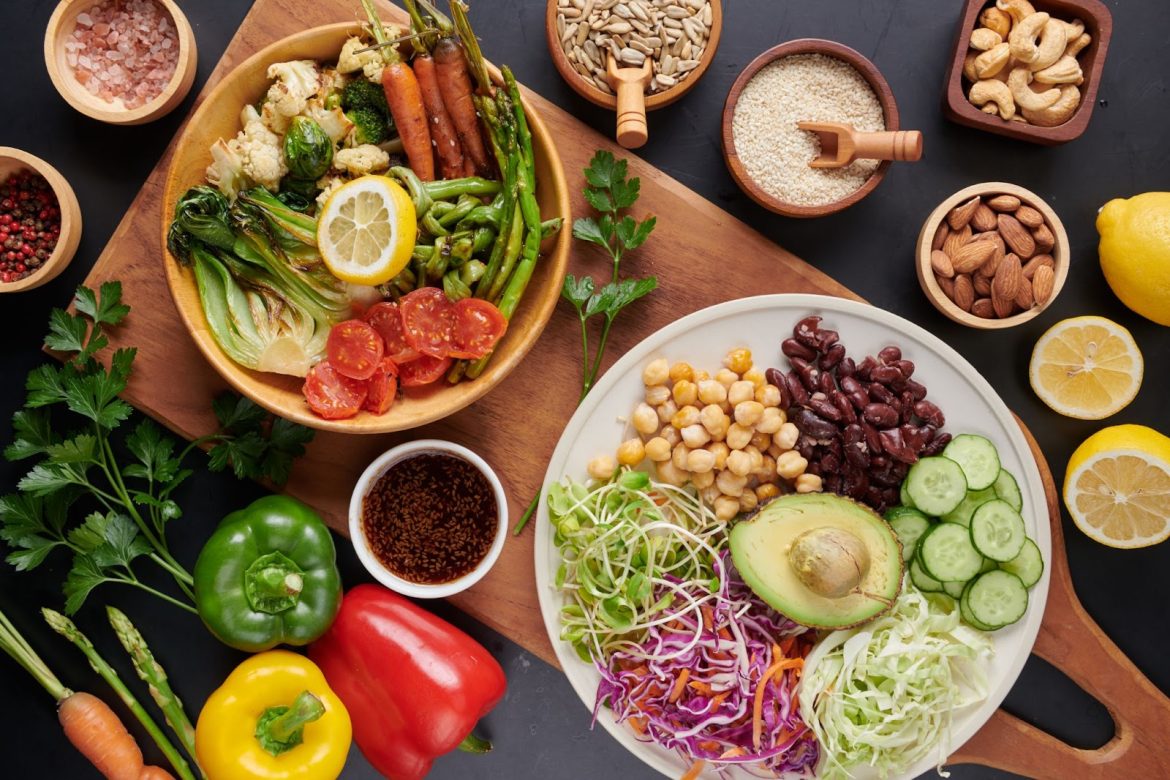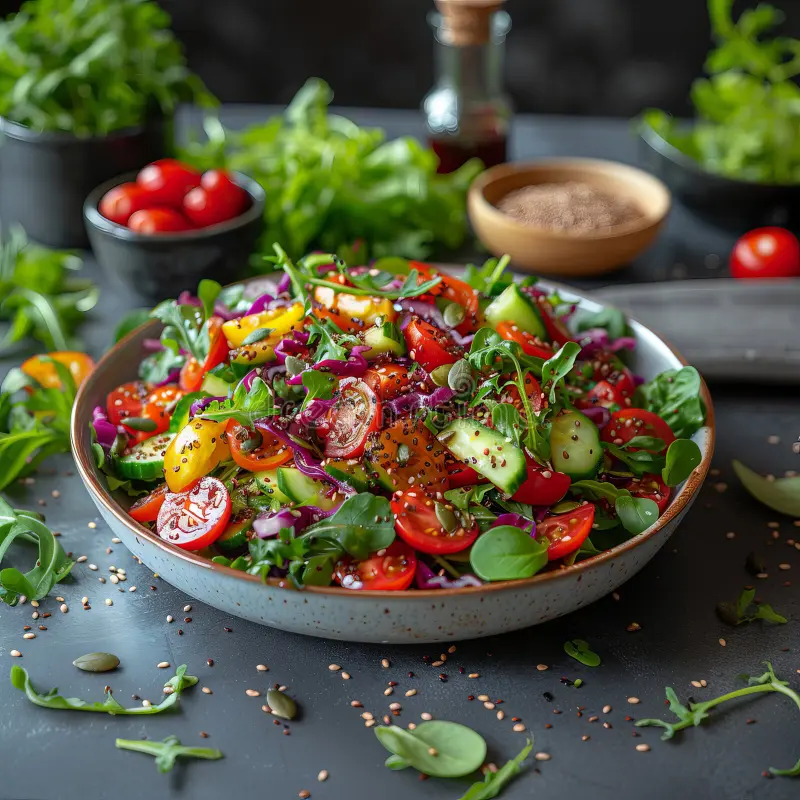The gut is the “second brain” of the body. It affects immunity, mood, weight, skin, and overall well-being. For it to function well, it needs support through nutrition. Healthy microflora is the key to energy, mental clarity, and good digestion.
First, food should be varied. The more types of plant foods you eat, the more diverse your microflora. Aim for 30 different plant foods per week: vegetables, fruits, nuts, seeds, legumes, cereals, spices.
Include foods with fiber: vegetables (broccoli, carrots, beets), fruits (apples, pears), whole grains (oatmeal, quinoa), legumes (lentils, beans). Fiber is food for beneficial bacteria.
Add fermented foods: kefir, sugar-free yogurt, sauerkraut, miso, tempeh, kombucha. They contain live probiotics — beneficial bacteria that populate the intestines.
Drink enough water — 1.5–2 liters per day. Without water, fiber does not work, and constipation may occur. Water helps food transit and supports the intestinal mucosa.
Avoid processed foods: chips, soda, convenience foods, canned foods with preservatives. They kill beneficial flora and provoke inflammation.




